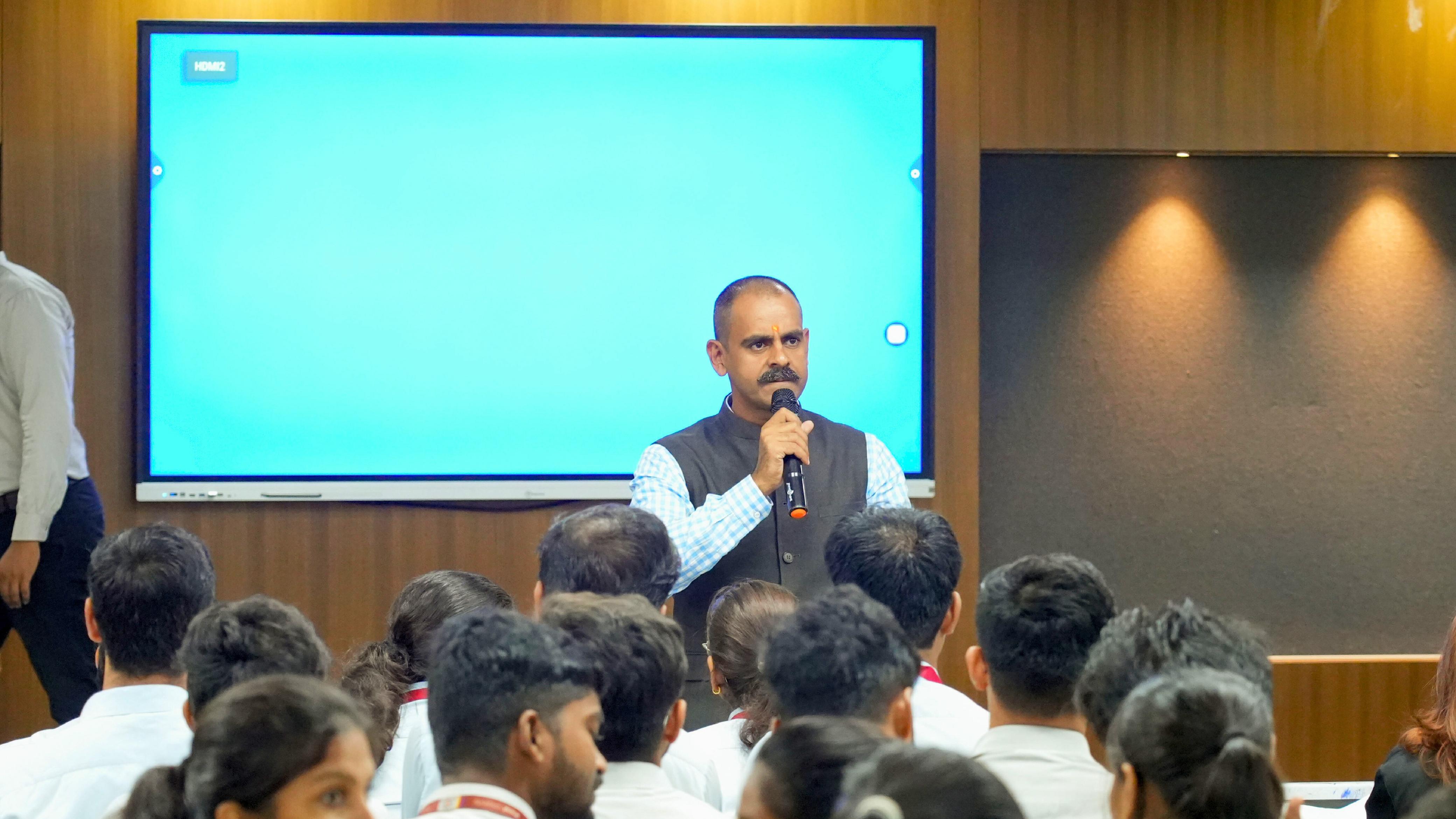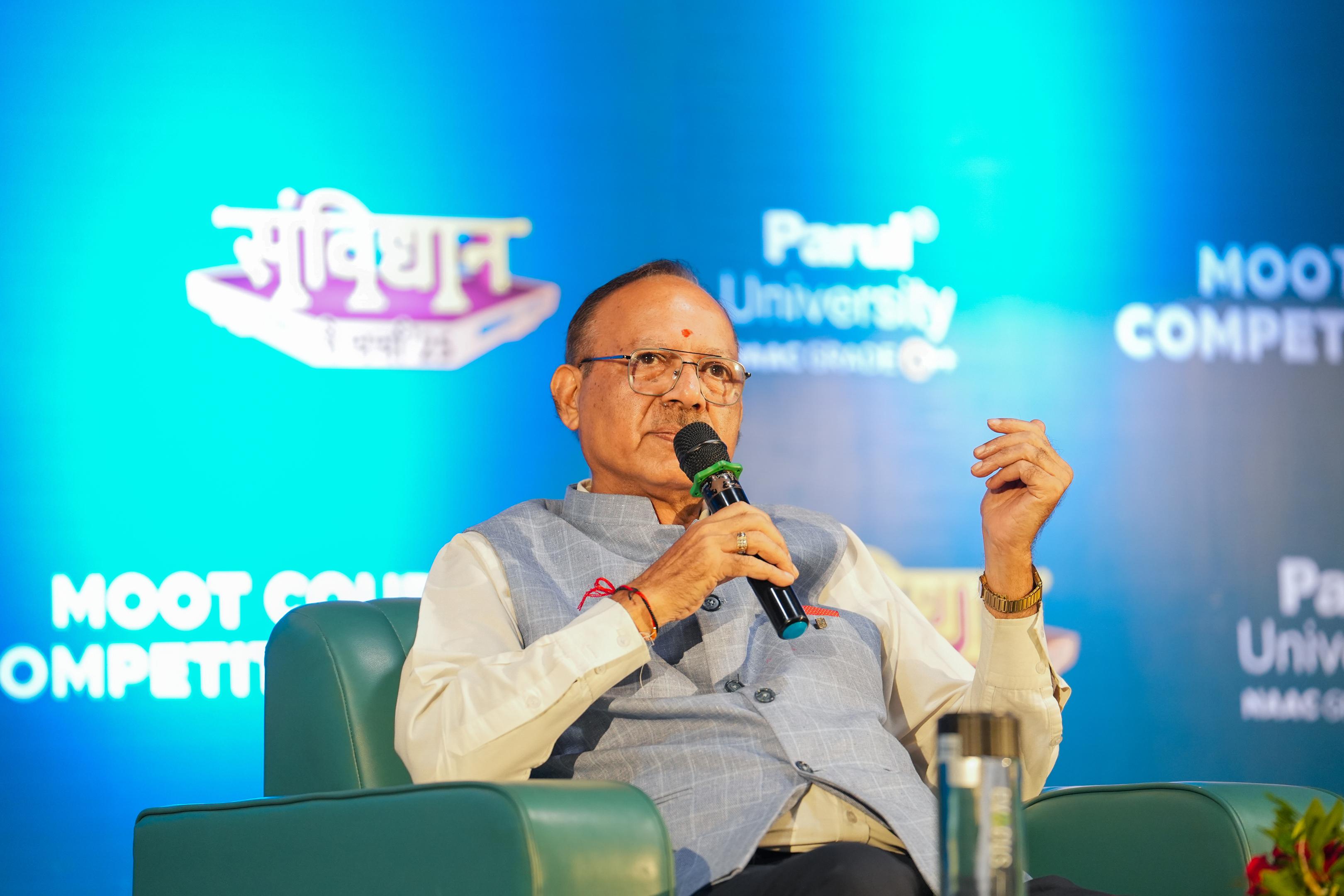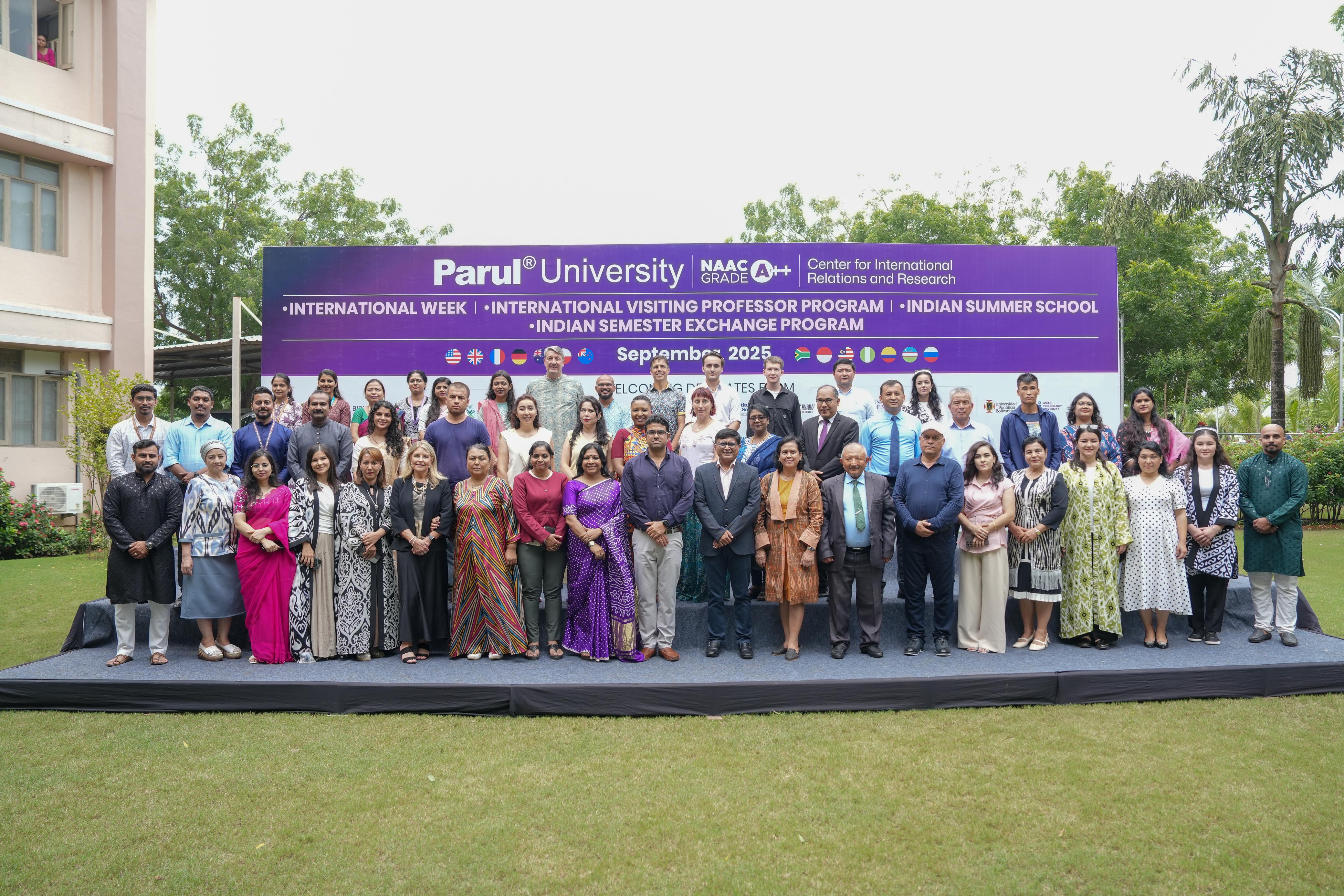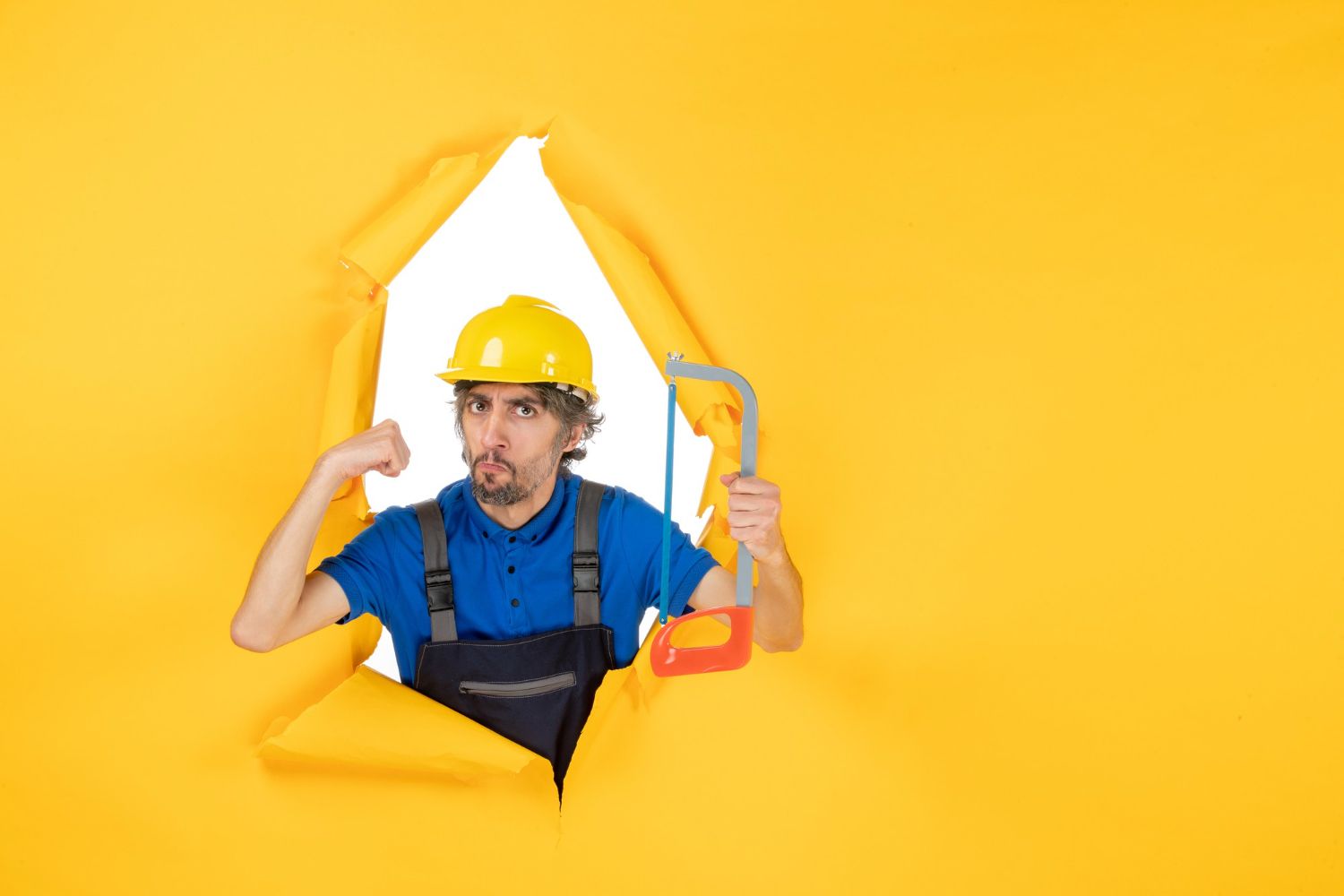Not every classroom consists of four walls, and not every lesson is taught with a text. To Parul University’s students of architecture, Goa was a place where ideas saw the light of day. Off the drawing boards and lecture halls, they studied the way design, implementation, and culture combine to create the physical world. This was not a theoretical trip, but a trip of observing history, tradition, and innovation coexisting together.
This practical learning tour provided students with an opportunity to observe architecture at work, way beyond schemes or models. Every lane, every courtyard, every building in Goa offered lessons, and the session with Ar. Yogesh Pednekar demonstrated how design can be adapted to the needs of people, as well as to the environment. Along with site visits, a session with an experienced architect gave students new ideas about their future in the field.
Insights on Sustainable and Conscious Design
One of the strongest ideas students explored was the shift from “sustainable architecture” to “conscious architecture.” The difference lies in awareness. It is more than just the selection of environmentally friendly materials, but it is also about understanding why it is important in the first place, to the environment, to communities, and to the future.
This methodology taught the students that all design choices have consequences. It could be the thickness of a wall, the slope of a roof, or the orientation of a window; all of these are elements that influence how people inhabit a space. It was a very simple and strong insight that architecture is not independent of life, but is intertwined in life.
Lessons from Local Techniques
Goa’s infrastructure revealed how classic methods stand the test of time. Tiled roofs, stone walls in laterite, and open courtyards demonstrated how buildings adapted to the weather in Goa, keeping the houses cool in the humid climate, protecting them during heavy rains, and letting the air flow freely.
When examining these structures, students realized that functionality and aesthetics do not have to be opposite. A building can be beautiful because it is practical. They also understood that local methods, which they had often thought of as old-fashioned, could provide answers to a variety of modern issues when used with new thinking.
Bridging Design and Execution
The other important lesson was the difference between paper and on-site design. Students learned the way drawings, when they are drawn, must be redone when construction starts. Problems such as terrain, materials, and cost are not always predictable in advance.
What they came to understand is that execution does not end creativity- it is where creativity is put to the test. Architects have to improvise and adapt on the spot and develop new ways of maintaining the integrity of their designs. This insight into vision and practicality was something that they could not learn through books.
Redefining the Role of an Architect
The greatest lesson was that architects are not just the makers of buildings, but also problem solvers. The students realized that rather than creating things, they should provide solutions to the needs of people, the environment, and culture.
This new thinking also made them more assured of their work. Architecture is not about imposing designs into spaces but also about listening, adapting, and creating spaces that really suit individuals who use them.
An Inspired Takeaway
Students returned reflective and inspired. They did not just pick up technical skills but also an attitude that architecture is a combination of responsibility and creativity. They found out that innovation is not just new things but also respect for existing things and improving on them.
After the visits and talks, all of them were better equipped to face the challenges that followed. They understood that in addition to learning to design, they were learning to think, question, and problem-solve: skills they would thank them for the rest of their lives.
Learning Beyond Goa
Goa is only one example of how learning in Parul University extends beyond the classrooms. Students from many fields also go on such journeys. Writers travelled to Mumbai to meet authors and screenwriters. Robotics students explored automation in Chennai. Leadership tours took students to Delhi, Mumbai, and Bangalore. Biopharma students learned about drug innovation in Hyderabad, while design students explored Mumbai’s creative world.
Each trip turned a city into a classroom. Instead of only reading theories, students lived them. They faced real challenges, asked questions, and brought back knowledge they could use. These tours were not extras; they were an important part of learning, helping students turn curiosity into clarity and ideas into action.

.jpg)

.jpg)

.jpg)


